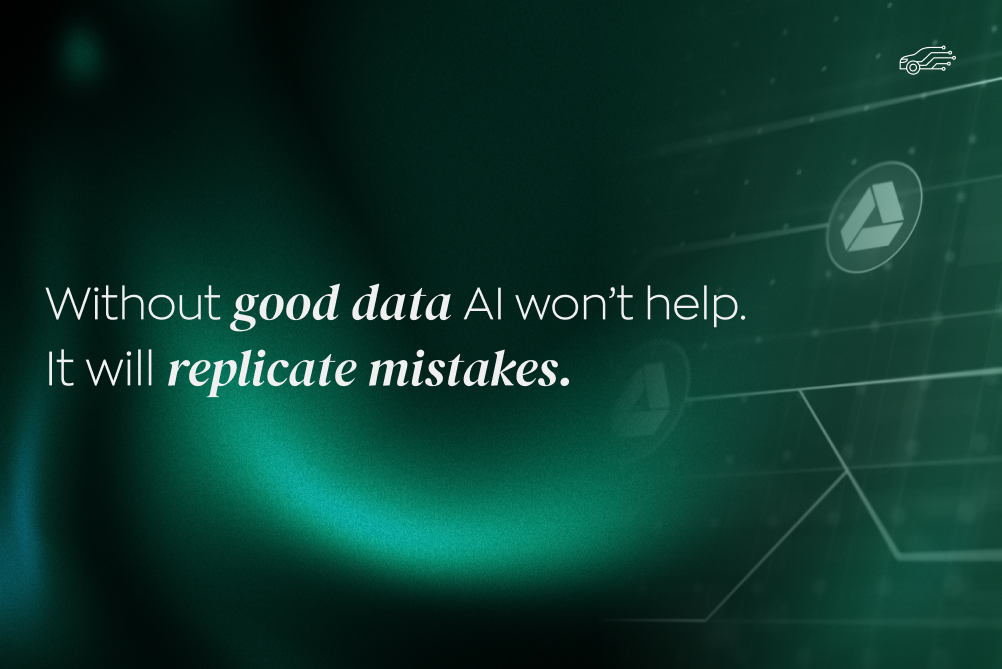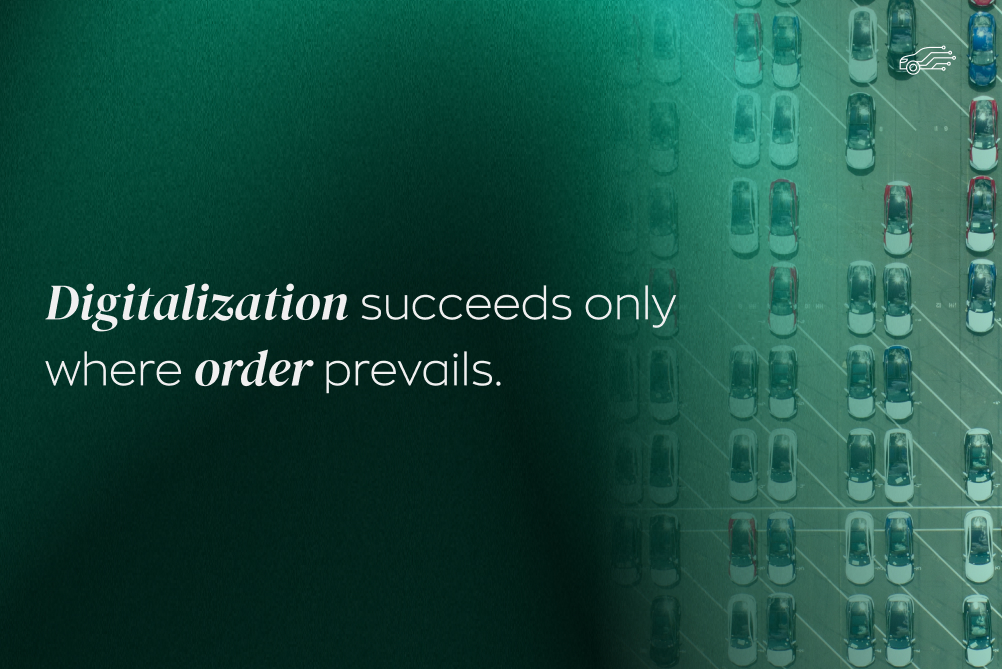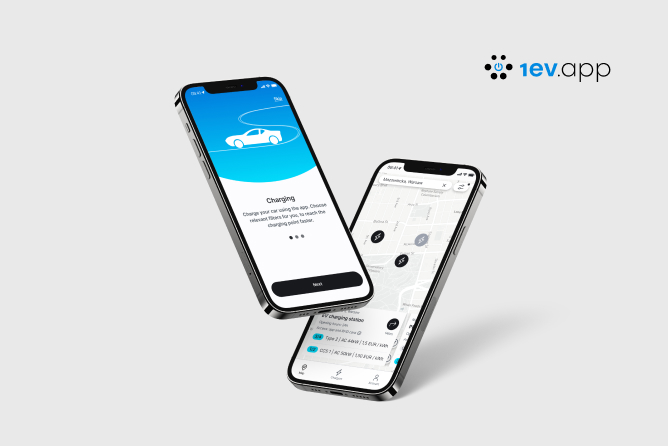Building a perfect website for a startup can be a daunting task, but it is also an incredibly important one. Your website is often the first point of contact between your company and potential customers, investors, and partners. It can make or break the success of your startup, so it's essential to get it right.

First and foremost, a perfect website for a startup should be user-friendly and easy to navigate. This means having a clear and simple design that doesn't overwhelm visitors with too much information or clutter. The layout should be intuitive and guide users to the most important content on the site.
One of the key elements of a user-friendly website is a well-designed navigation menu. This should be located in a prominent position on the site, such as the top or left-hand side of the page. It should be easy to read and understand, with clear labels for each menu item.
Another important aspect of a user-friendly website is fast loading times.
Nobody likes to wait for a website to load, and if yours takes too long, visitors will likely leave and go to a competitor's site. To ensure fast loading times, optimize your images and use a good quality web hosting service.
In addition to being user-friendly, a perfect website for a startup should also be visually appealing. This means using high-quality images and graphics to showcase your products or services. These images should be professionally shot and edited to ensure they look their best on your website.
It's also important to use colors and fonts that are consistent with your brand identity. This helps to create a cohesive and professional look for your website and reinforces your brand in the minds of visitors.
Of course, a website is more than just a pretty face. It should also provide valuable information about your company and what you do. This means including detailed descriptions of your products or services, as well as case studies or testimonials from satisfied customers.
Having a blog on your website is also a great way to provide valuable information to your visitors and establish yourself as an expert in your field. A blog allows you to share industry insights, announce company news, and engage with your audience through comments and social media.
.jpg)
In addition to informative content, a perfect website for a startup should also have a clear call-to-action (CTA) that tells visitors what you want them to do next. This could be signing up for a newsletter, making a purchase, or contacting you for more information.
The CTA should be prominently displayed and easy to find on the website.
Finally, a perfect website for a startup should be optimized for search engines. This means using keywords and meta descriptions on your website to improve its visibility in search results. It also means ensuring that your website is mobile-friendly, as more and more people are using their smartphones to browse the internet.
Building a perfect website for a startup requires a combination of user-friendliness, visual appeal, informative content, a clear CTA, and search engine optimization. By focusing on these key elements, you can create a website that helps to drive growth for your startup and sets you up for success.
- A clear and compelling value proposition that explains what makes your startup unique and why customers should choose your product or service.
- A clean and modern design that showcases your brand and makes it easy for visitors to navigate your website.
- High-quality and engaging content, including blog posts, videos, and case studies, that provides valuable information to your target audience.
- A user-friendly and responsive website that works seamlessly on all devices, including mobile phones and tablets.
- Social media integration allows visitors to easily share your content and connect with your startup on popular platforms like Facebook, Twitter, and LinkedIn.
- A clear call-to-action on every page encourages visitors to take the next step, whether it’s signing up for your email list, downloading a whitepaper, or scheduling a demo.
- A well-designed and effective lead generation form that captures information from potential customers and allows you to follow up with them.
- A strong search engine optimization (SEO) strategy that helps your website rank higher in search engine results and attract more organic traffic.
- A secure and reliable hosting provider that ensures your website is always up and running and can handle a high volume of traffic.
- Regular updates and improvements based on customer feedback and data analysis, to ensure that your website continues to evolve and meet the needs of your target audience.
The most important functionalities on the startup's website are primarily:
- Clear and simple design that is easy to navigate
- Well-designed navigation menu in a prominent position
- Fast loading times
- Visually appealing images and graphics that are consistent with the brand identity
- Detailed descriptions of products or services, as well as case studies or testimonials
- A blog to share industry insights and engage with the audience
- Clear call-to-action that tells visitors what to do next
- Search engine optimization to improve visibility in search results
- Mobile-friendliness to accommodate users who are browsing on their smartphones.
What programming language should I choose to create a website for a startup?
There are many programming languages that can be used to develop a website, and the best choice will depend on the specific requirements and goals of the website. Some popular languages for web development include HTML, CSS, JavaScript, and PHP.
HTML (Hypertext Markup Language) is the foundation of all web pages, and it is used to structure and organize the content of a website.
CSS (Cascading Style Sheets) is used to define the visual appearance and design of a website, including colors, fonts, and layout.
JavaScript is a versatile programming language that is often used to add interactive elements to a website, such as drop-down menus, forms, and animations. PHP (Hypertext Preprocessor) is a popular server-side language that is commonly used to build dynamic websites and web applications.
In general, it is best to choose a language that is well-suited to the specific needs of the website and that has a large and active community of developers who can provide support and resources. It is also important to consider the long-term maintenance and scalability of the website, as well as any potential integration with other systems or technologies.
What size team would be ideal for creating a website for a startup?
The size of the team of software developers needed to develop a website for a startup will depend on the complexity and scope of the website. A simple, static website with just a few pages and minimal functionality may only require one or two developers, whereas a more complex, dynamic website with multiple features and integrations may require a larger team of developers.
In general, it is best to have a team of experienced and skilled developers who can work together to design and build a high-quality website that meets the needs of the startup. This team may include a project manager, front-end developers, back-end developers, and quality assurance engineers, as well as designers and content creators.
It is also important to have good communication and collaboration within the team, as well as a clear vision and plan for the website. By working together, the team can ensure that the website is developed efficiently and effectively and that it helps to drive growth and success for the startup.
There are many potential obstacles that may arise during the development of a website for a startup. Some common challenges include
- Lack of clear goals or requirements: It is important to have a clear understanding of the goals and requirements of the website, as well as the target audience and their needs. Without this, it can be difficult to design and build a website that meets the needs of the business and its users.
- Limited budget or resources: Developing a website can be a time-consuming and expensive process, and startups may have limited budgets and resources to devote to the project. This can make it difficult to hire the right team, purchase necessary tools and technologies, and allocate sufficient time and resources to the development process.
- Complexity of the project: Building a website can be a complex and technical process, involving multiple technologies and systems. This can make it challenging to design and implement the website, and it may require specialized knowledge and expertise.
- Changes in scope or requirements: During the development process, it is common for the scope or requirements of the website to change, either due to new information or changing business needs. This can lead to delays and additional work, and it can be difficult to incorporate these changes into the existing design and development plan.
- Compatibility and integration issues: A website may need to integrate with other systems or technologies, such as databases, CRM systems, or payment gateways. This can be a complex and time-consuming process, and it may require specialized knowledge and expertise.
What do people pay attention to on a startup's website?

Overall, the key to overcoming these obstacles is having a clear plan and vision for the website and a skilled and experienced team to design and build it. By anticipating and addressing these challenges, you can ensure that the website is developed successfully and helps to drive growth and success for the business.
People who visit a startup's website usually pay attention to several key elements:
The company's mission and goals: People want to know what the purpose of the startup is and what values it represents.
Products or services: Visitors want to understand what the startup offers and what benefits they can derive from it.
Team: People want to get to know the people behind the startup's founders and employees to better understand who is behind the company.
Customers and references: Visitors want to know which companies the startup has worked with and what other customers think of its products or services.
Company history: Visitors want to know the startup's history and how it came to its current position.
Contact: Visitors want to easily find information on how to contact the company.
Remember that a startup's website is the company's business card and the first contact with many potential customers. It is important that it is clear, attractive and easy to use, and that it presents the company's offerings and values in a compelling and attractive way.
Some of the most popular startup websites are:
Airbnb: The site offers a search engine for apartments and houses for rent around the world and allows users to book accommodations through the platform.
Uber: The site allows users to order cabs and self-driving car rides via a mobile app.
Slack: The site showcases the app's features for team communication and project management, and allows free downloads of the app.
TikTok: The site showcases the features of the app for creating and sharing short videos and provides free downloads of the app.
Zoom: The site presents the functions of a video conferencing platform and allows free download of the app.
Pinterest: The site allows you to save and share inspirational photos and ideas and allows you to create an account for free.
WeWork: The site showcases various locations of coworking and office spaces and allows you to rent a workspace.
Square: The site presents payment solutions for small and medium-sized businesses and allows you to order a payment device.
Dropbox: The site presents a cloud service for storing and sharing files and allows you to sign up for a free account.
Spotify: The site presents a music streaming service and allows you to download the app for free.
Nowadays, having a website is essential for any startup.
A website allows you to present your company's offerings, attract new customers and build your brand. Creating a website on your own can be time-consuming and difficult, especially for those who lack technical skills.
That's why hiring a professional software company may be the best solution. A software company has the experience and knowledge to quickly and efficiently create a website that meets the needs of a startup.
In addition, such a company can provide technical support and assistance with future updates to the site. In conclusion, hiring a professional software company to create a website for a startup is the best choice, saving time and producing a high-quality end result.







.png)




.jpg)
.jpg)


.jpg)
.jpg)



.jpg)
.jpg)
.jpg)
.jpg)
.jpg)
.jpg)

.jpg)
.jpg)
.jpg)
.jpg)
.jpg)
.jpg)
.jpg)
.jpg)
.jpg)
.jpg)






.jpg)
.jpg)
.jpg)

.jpg)

.jpg)


.jpg)
.jpg)

.jpg)
.jpg)

.jpg)

.jpg)
.jpg)
.jpg)

.jpg)
.webp)

.webp)


.jpg)









.webp)


.webp)






















